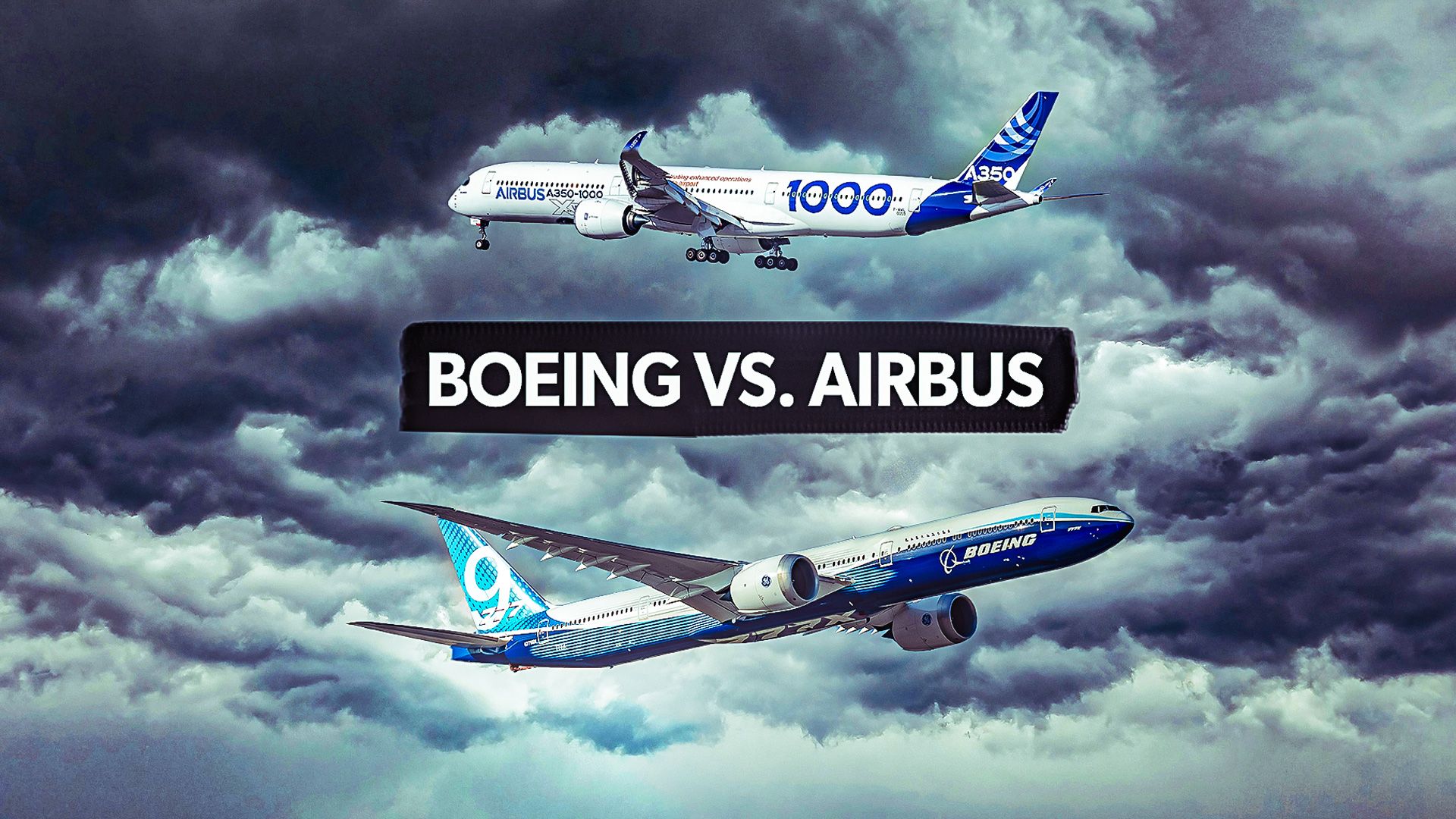Airbus has achieved a significant milestone as its narrowbody A320 family becomes the best-selling commercial jet in history, surpassing the legendary Boeing 737 series. As of last month, Airbus has delivered over 12,250 A320 aircraft, while Boeing struggles to ramp up production of its 737 MAX jets. This development highlights a pivotal moment in the aviation industry, raising the question of which aircraft manufacturer has dominated the 2020s thus far.
Airbus has consistently outperformed Boeing in aircraft deliveries, particularly following the challenges faced by Boeing after the 737 MAX crashes in 2019 and the subsequent impact of the COVID-19 pandemic on global supply chains. The European aerospace giant has introduced new models, including the A320neo, A330neo, and A350 series, demonstrating successful market integration. In contrast, Boeing is still grappling with certification issues for two of its MAX models and the delayed 777X widebody aircraft.
Analyzing Production Trends
Looking back to 2020, a stark contrast in production figures illustrates the ongoing struggle between the two manufacturers. Boeing’s production was severely impacted in 2020, with deliveries dropping to 157, while Airbus managed 566 deliveries during the same period. The trend continued in subsequent years, with the following delivery data showcasing the disparity:
– **2021**: Boeing 340, Airbus 611
– **2022**: Boeing 480, Airbus 663
– **2023**: Boeing 528, Airbus 735
– **2024**: Boeing 348, Airbus 766
The data reveals that Airbus delivered more than three times the number of planes compared to Boeing in 2020 and maintained a lead of over double in 2022. This consistent advantage is attributed to Boeing’s ongoing struggles with quality control issues, including a recent incident where a door plug was explosively ejected from an Alaska Airlines 737 MAX, further hampering their production capabilities.
Airbus has not significantly altered its business strategy, instead benefiting from a stable production process and strong market demand. In 2025, Airbus is projecting a production total of 770 aircraft. In comparison, Boeing has not set a public goal, but estimates suggest it could deliver around 600 units, marking a potential lead of over 20% for Airbus this year.
Comparative Analysis of Flagship Models
The competition intensifies when comparing flagship models, with Airbus’ A350 and Boeing’s 777X representing the pinnacle of each manufacturer’s offerings. The A350 has been in service for a decade, while the 777X has faced delays, with the latest estimates indicating that it may not enter service until 2027. The 777X, designed to be the largest twinjet in aviation history, has been hampered by certification issues with the Federal Aviation Administration (FAA), making it a point of concern for Boeing’s leadership.
On the contrary, the A350 has been well received, with hundreds already delivered and the A350-1000 set to begin production soon. Despite the anticipation surrounding the 777X, it remains to be seen how it will compare in the market once operational.
As the aviation industry faces potential supply bottlenecks, both manufacturers are grappling with challenges. Airbus faces a backlog of aircraft awaiting engines from manufacturers like Pratt & Whitney and CFM International. Boeing, on the other hand, has initiated mergers to enhance quality assurance, particularly with Spirit AeroSystems, which is responsible for a substantial portion of the 737 MAX components.
The merger between Boeing and McDonnell Douglas in 1997 has been a topic of scrutiny among industry experts. Critics argue that this move shifted Boeing’s focus from engineering excellence to financial performance, impacting quality and innovation. The relocation of Boeing’s headquarters from Seattle to Chicago symbolizes this transition and has sparked discussions about its long-term effects.
With the halfway mark to 2030 approaching, the rivalry between Airbus and Boeing continues to evolve. Airbus’s recent achievements reflect its resilience and adaptability in a challenging market, while Boeing must address its internal issues and regain its position in the industry. The future of commercial aviation will likely hinge on how these two giants navigate the complexities of production, certification, and market demand in the coming years.
